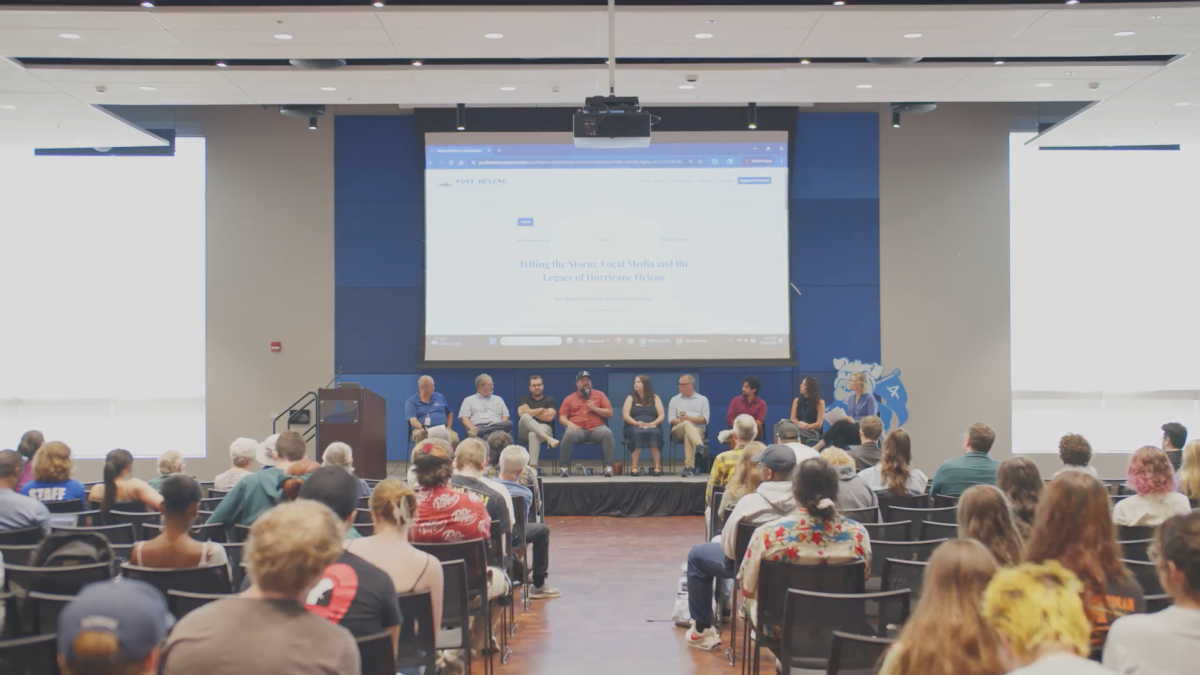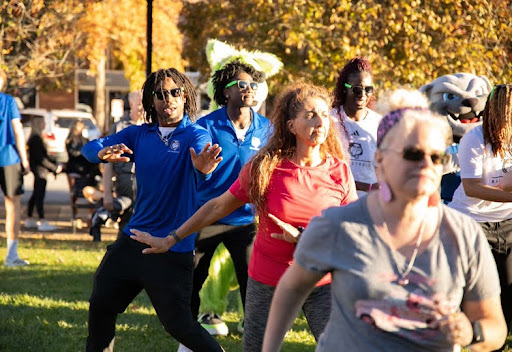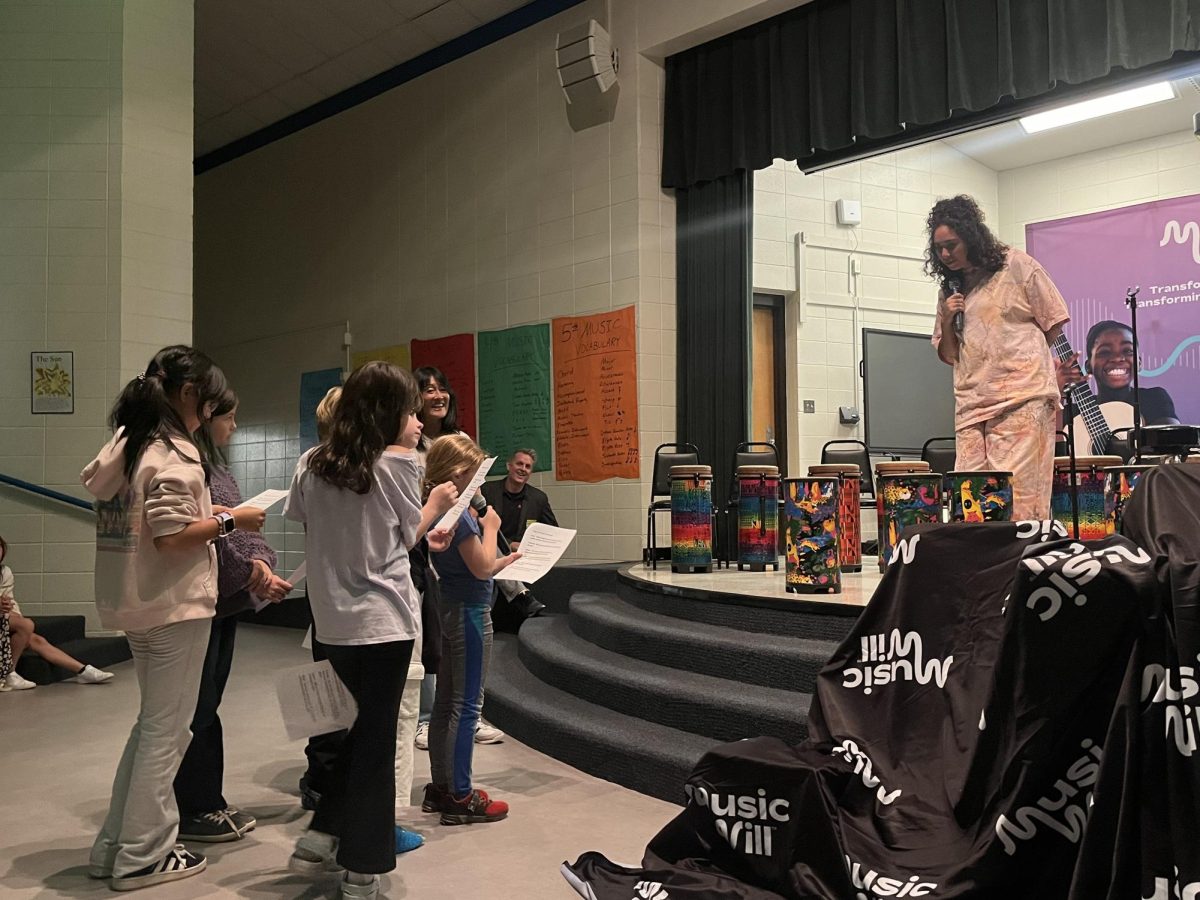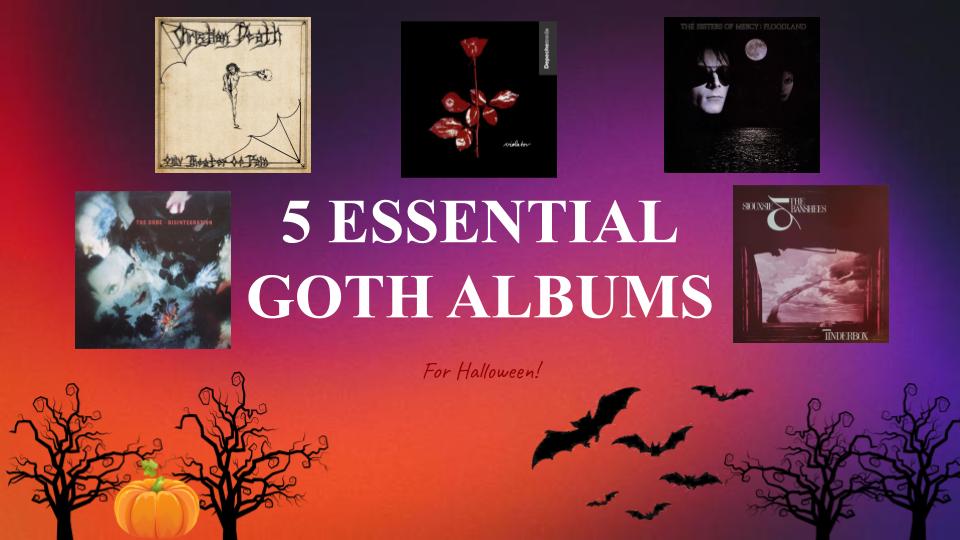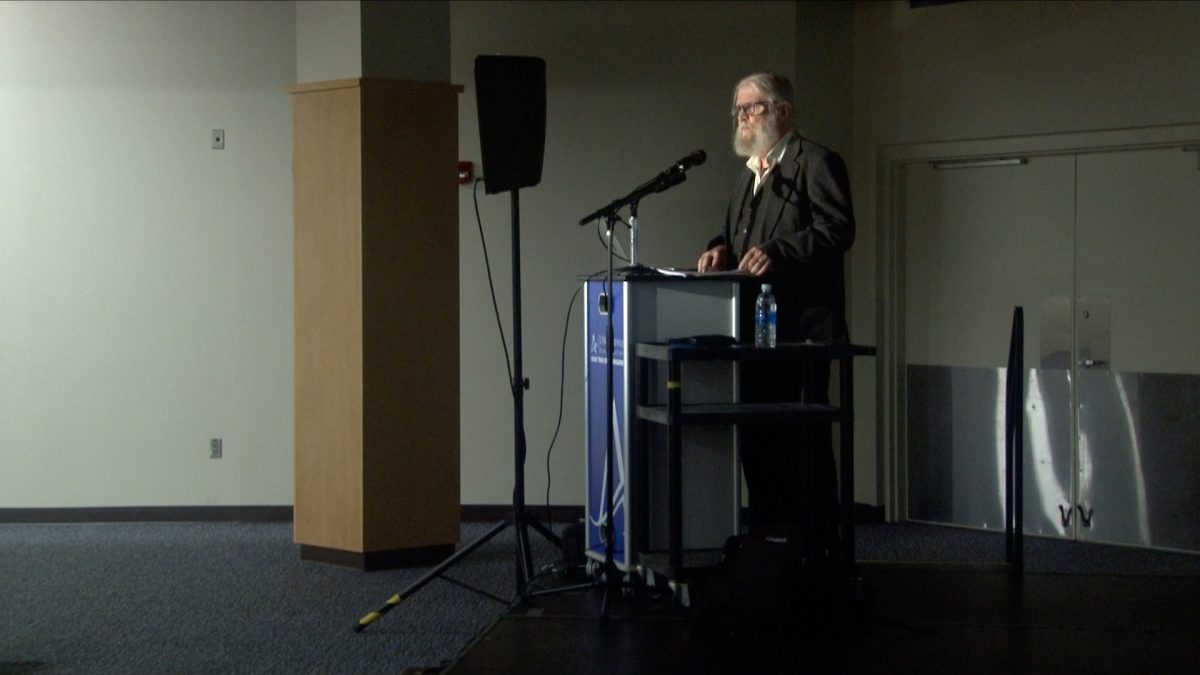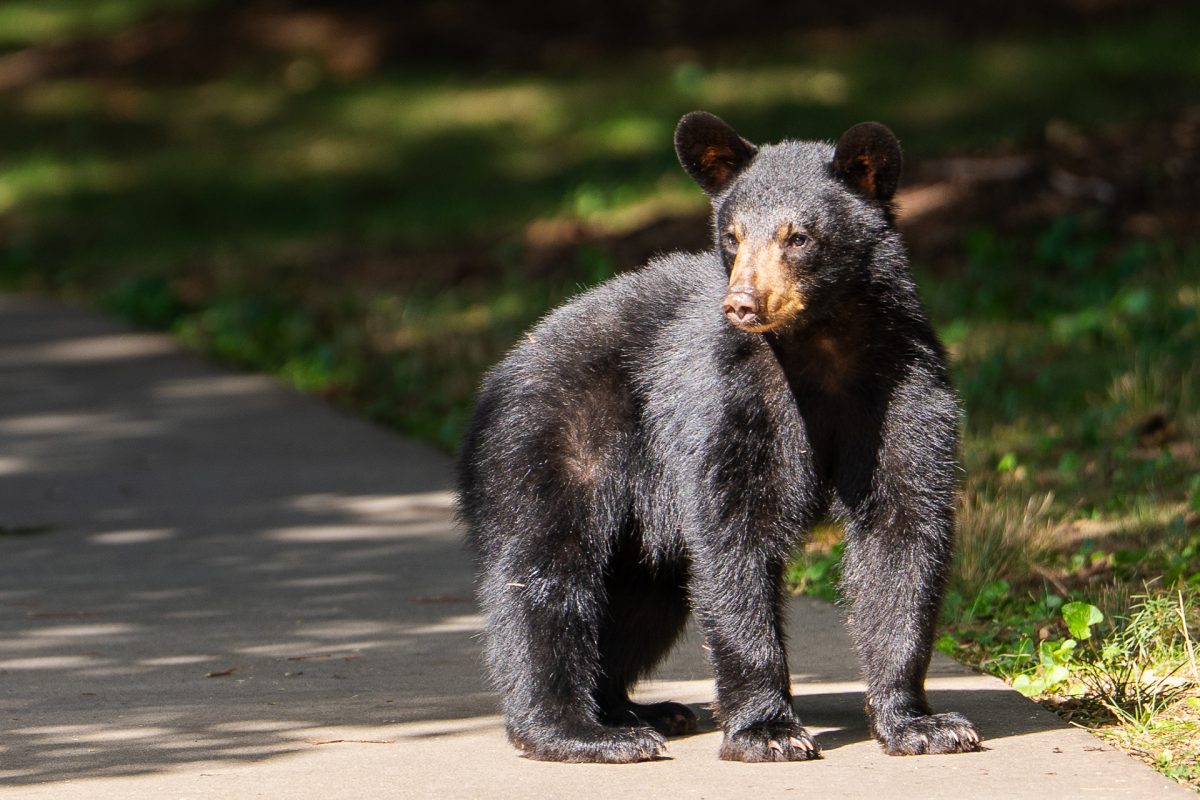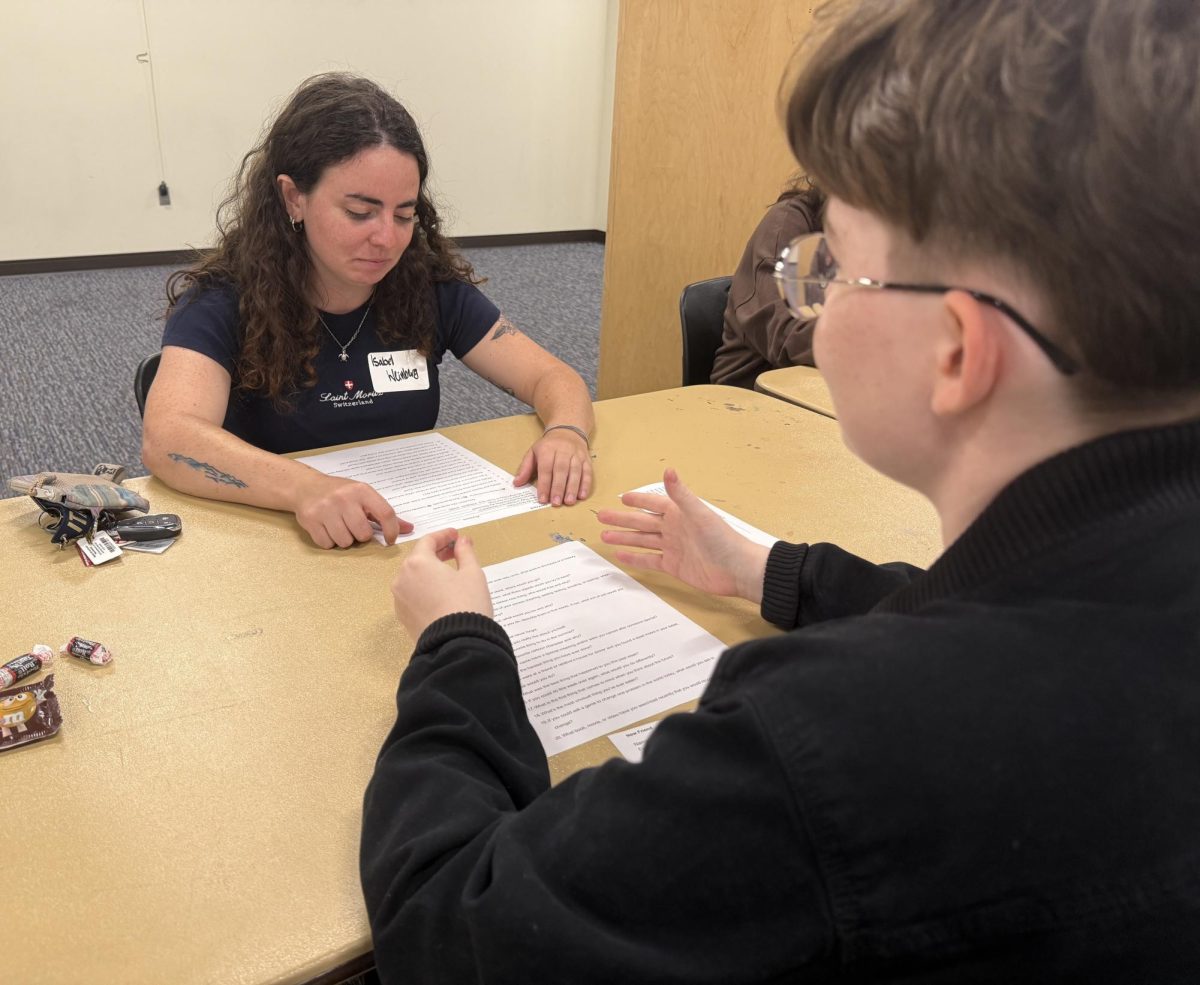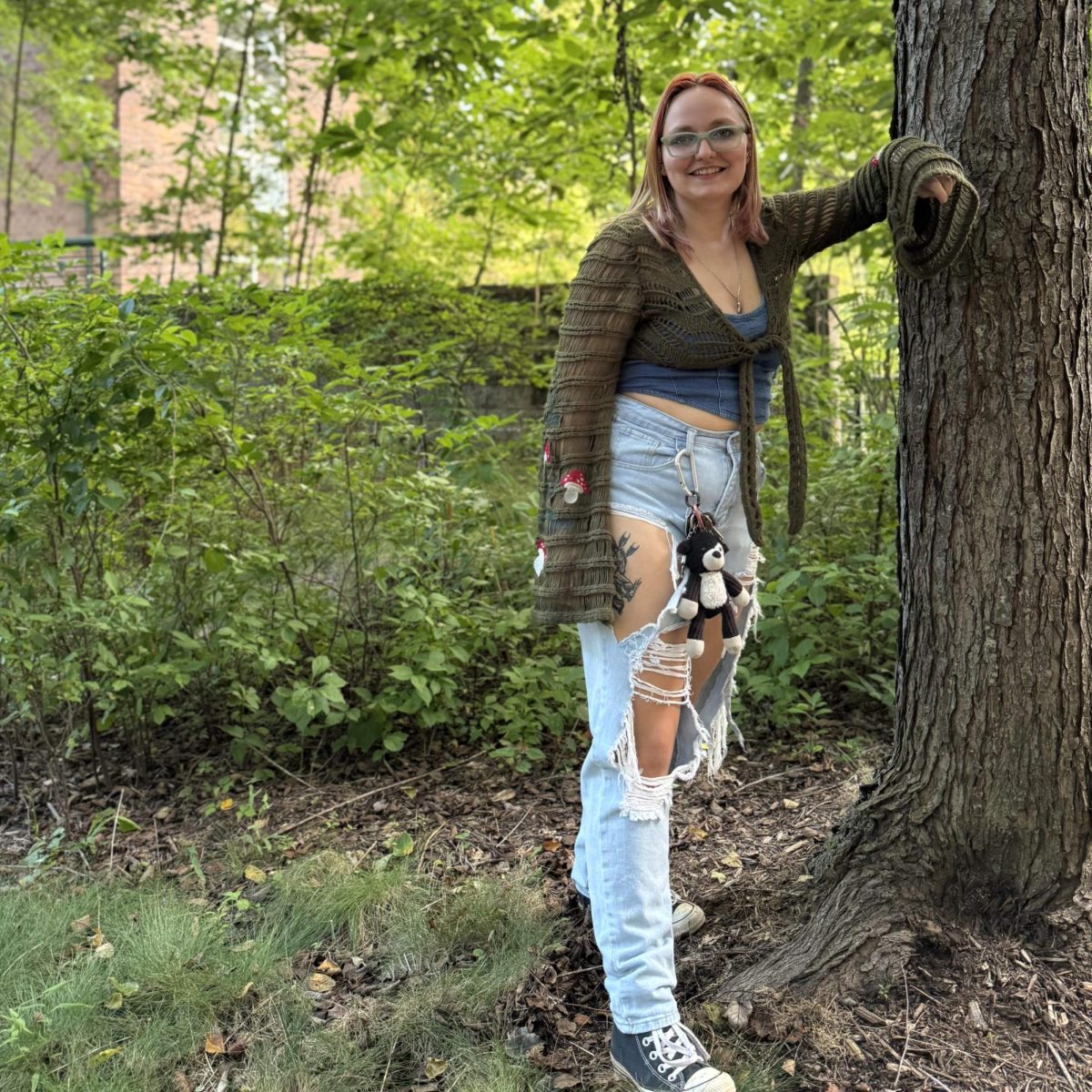By Katie Walker
[email protected]
A&F Staff Writer
A feeling of anticipation fills the air during the hours before a major show. Everyone in the venue works hard knowing what needs to get done before doors open.

“We are selling tickets up until they are sold out. At some point during the day we print out the will-call tickets, rip some tickets, alphabetize them and get them ready for pick-up,” said Robb McAdams, assistant manager at the Orange Peel.
People approach the box office all day itching to get their hands on a ticket to a sold out show. Disappointed when none are left to be sold, most concert-goers turn around and head back home. Some stick around with a small glimmer of hope that something great will happen.
“I see a lot of magic happen out here. You know, somebody’s buddy can’t make it to the show and somebody grabs a ticket at the very last second on the way in. I pulled that in Atlanta a few weeks ago,” McAdams said.
A friend of McAdams planned to meet him at a concert but did not have enough money for a ticket. The friend decided to go wait in line to see what was happening. Someone who was inline had an extra ticket and gave it to McAdam’s friend for free.
Located on the corner of Biltmore and Hilliard Avenue, the 67-year-old building has gone through multiple changes over the years, according to their official website. From Skateland Rollerdome to R&B clubs, the building, now a concert venue and pleasure club, carries on as a landmark in Asheville.
The now empty Orange Peel will soon be at the maximum capacity of 1,050. The venue hosted around 200 events in 2016, according to their website. Few people see a show from beginning to end. Most see the performance, but so much more happens before doors open.
Before show time, each performer lounges in the dressing rooms. Weeks in advance, hospitality contacts the band tour manager for a list of accommodations the band wishes to have while at the venue. Blake Willis, artist relations coordinator at the Orange Peel, works with hospitality to ensure everything the artist requested is correct. Willis talks with the band and the tour manager to find out what grocery items they will need backstage for the day.
“You can get some pretty odd requests,” Willis said. “Sometimes a band member has a favorite pair of leather pants that needs to be cleaned but does not trust any of the laundromats in the area. He handed them to me and asked if I would hand wash them for him. Obviously I would say yes, but I was freaking out going, ‘Oh my gosh. How do you take care of leather? How do you wash leather?’ because I don’t want to mess up their favorite pair of leather pants.”
A band or performer may arrive to the venue hours before sound check or even minutes before show time.
A few months ago, Noname played a show at the Orange Peel. With doors opening at 8 p.m., the band took an Uber from the airport at 5 p.m. Before then, there had been no contact with the band, causing the staff to worry if the show was going to happen, McAdams said. When the band arrived, set up went smoothly and the audience enjoyed a great show.
McAdams bounces between all areas of the venue. One minute he is delivering pizza to other crew members, the next he can be found in the box office sorting out ticket sales.
“What my job entails is getting here before the band does, unlocking the doors, making sure everything is ready to go. Basically making sure the venue is ready for the band to arrive,” McAdams said, his voice difficult to hear over the static emitting from the speakers.
Employees walk around the venue wearing matching black T-shirts with the venue logo on front and “Krewe” printed across the back. Most have on black or khaki pants with black shoes. Some employees sport different facial piercings or hair styles.
Crew members interact with each other in a way that appears seamless. Sunset Appleton, an A1 engineer at The Orange Peel, said this effortless atmosphere is important.
“Anyone who doesn’t vibe with it doesn’t last very long,” Appleton said. “I’ve been working here 3 years and change and I’ve seen a couple people come and go. For the most part I think it is pretty agreeable.”
The main area of the venue, dimly lit with the main lights directed toward the stage, echoes with laughter from employees. Crew members gather at the well-lit bar as they eat pizza before getting back to work. Some crew members choose to bring their food back to their work stations.
Each wall, painted differently, reflects the venue’s main colors, orange and black. The wall next to the merchandise stand is matte black with the venue’s name painted in bright orange hues, giving a 3-D effect. Next to the bar area, the wall displays signs promoting upcoming shows at the venue.
Music blasts from the large speakers hanging on either side of the stage for crew members to enjoy while performing whatever task may be at hand.
A man works behind the brightly lit merchandise stand ensuring it gets hung up for guests to see. Price tags are attached to each display item while items for sale are placed behind the stand.
The sound of shoes hitting the light-brown hardwood floors create a sense of urgency as crew members run around adjusting last minute details.
A crew member scales a tall ladder and begins adjusting individual lights so they shine perfectly onto the stage.
Set changes appear simple to the naked eye. Crew members moving large instruments or pieces of set decorations seem to know exactly where everything goes. What the audience cannot see are little pieces of tape on the stage.
Before a show, crew members outline the matte black stage with neon tape, identifying where each step begins or ends, as well as to mark the stage to aid with set changes.
In front of the sound booth, found on the opposite side of the venue, bar stools line a half wall, providing seating for concert-goers. On the other side of the half wall are hundreds of buttons and dials which emit rainbow colored light from underneath.
What a guest hears in the audience may not be what the band actually sounds like. Tech engineers work all through the show mixing what the audience hears during the performance, adjusting the volume of each individual instrument. Drums may be amped up during a particular portion of a song while the guitar may dominate another.
A sense of urgency begins to fill the empty venue as show time approaches. Last minute adjusting needs to happen and the stage lights are not quite right. Each and every employee works to help prepare the venue for the upcoming show.
Making a show happen requires a large team of individuals who can quickly adapt to whatever the particular tour requires. When everything is ready, security lines up at the doors preparing for the crowd to rush in.
When guests enter the venue, they must provide a form of identification and go through security.
“Security at the door are always very friendly and welcoming,” said Elizabeth Berkley, a management student at UNC Asheville.
Guests pile in the venue racing to get against the barricade. Most of the venue has standing room only. Right until the show starts, music plays through the speakers, reflecting the genre of music the band will be playing.
“The crowd always feels very happy, even when waiting for the concerts to begin. The music played while waiting creates great vibes,” Berkley said. “The atmosphere is fun with bright lights on the stage and smoke machines.”
